The Shawshank Redemption is a 1994 film about a banker, Andy Dufresne, who is falsely convicted of murdering his wife and lover and sentenced to life in prison. The film chronicles his decades-long journey through the dungeon and the relationships he forms there.
After a disappointing opening weekend, the picture was nominated for seven Oscars and became widely recognized as a cinematic masterpiece. Read on to learn some tidbits about making The Shawshank Redemption that might surprise you.
It was adapted from a novella by Stephen King.
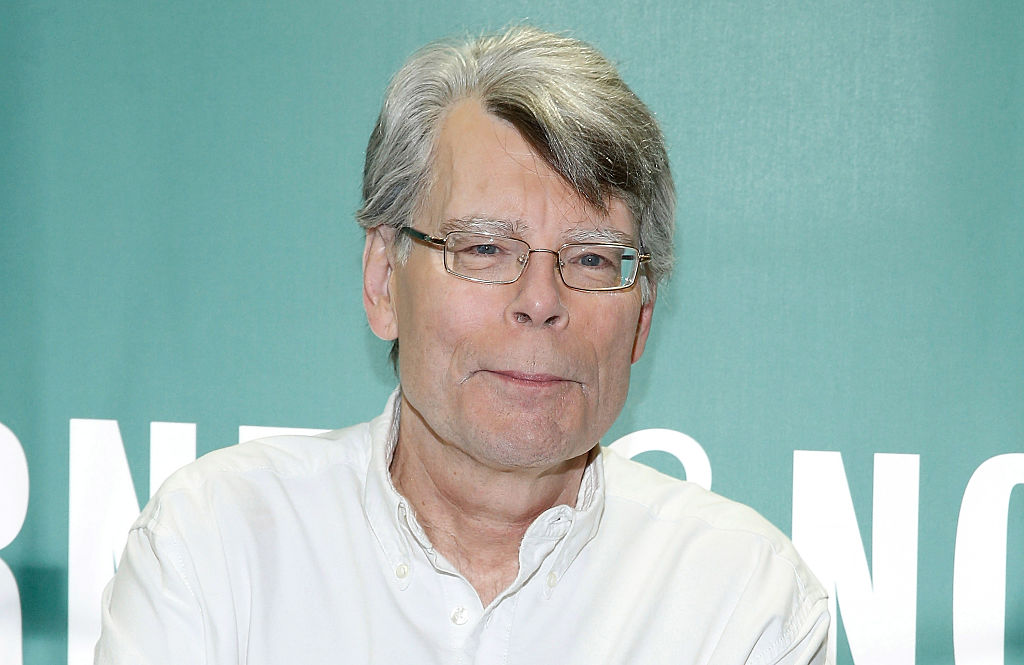
Despite its seeming dissimilarity to King's other writings, The Shawshank Redemption is adapted from King's novella Rita Hayworth and the Shawshank Redemption. The novella was included in a collection of four named Different Seasons, three of which (The Shawshank Redemption, Apt Pupil, and The Body) have been adapted into feature films (Stand By Me).
Although he never cashed the check, King did sell the film rights to his novella for $5,000. He wrote "In case you ever need jail money" on the check and mailed it to the film's director Frank Darabont years after the movie was released. To Steve, with all my love."
There Was Almost a Swap in Directors
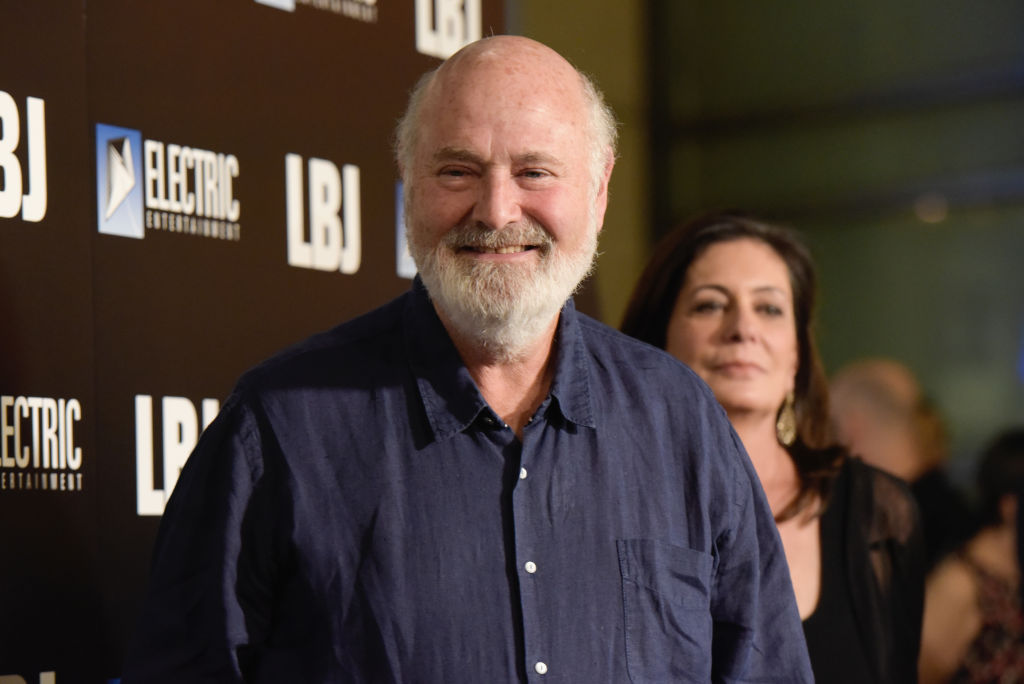
Frank Darabont, the film's director, was offered $2.5 million by Rob Reiner to sell the rights to the picture he had just bought from Stephen King. Darabont declined Reiner's offer, saying it was his "opportunity to do something truly wonderful," which turned out to be true.
If Reiner had directed, he would have cast Harrison Ford as Red and Tom Cruise as Andy, resulting in a different tone and feel for the film. As far as I know, nobody is upset that Darabont kept the movie under wraps for so long.
Red Had Other Choices besides Morgan Freeman
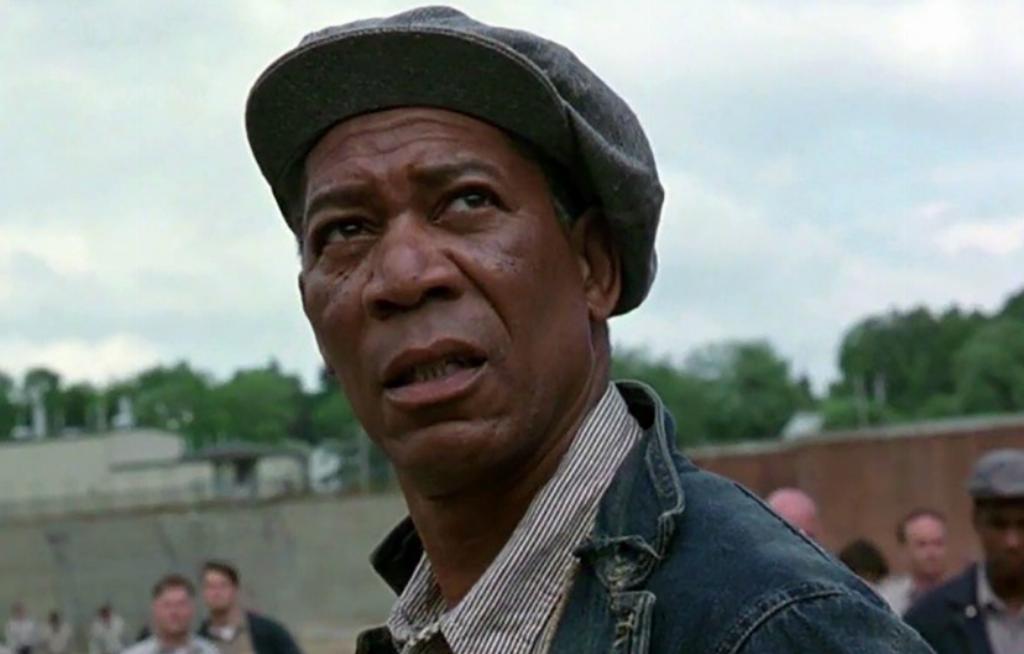
Red, the protagonist of King's short story, is a middle-aged Irish guy with red hair that has begun to gray. The likes of Clint Eastwood, Paul Newman, Robert Redford, and Harrison Ford were considered for the job since they fit the profile.
On the other hand, Frank Darabont cast Morgan Freeman as Red because of the actor's genuine demeanor and voice. When Andy asked about his nickname in homage to King's original character, Darabont added "Maybe it's because I'm Irish" to Red's line.
Intractable Problems with Maggots
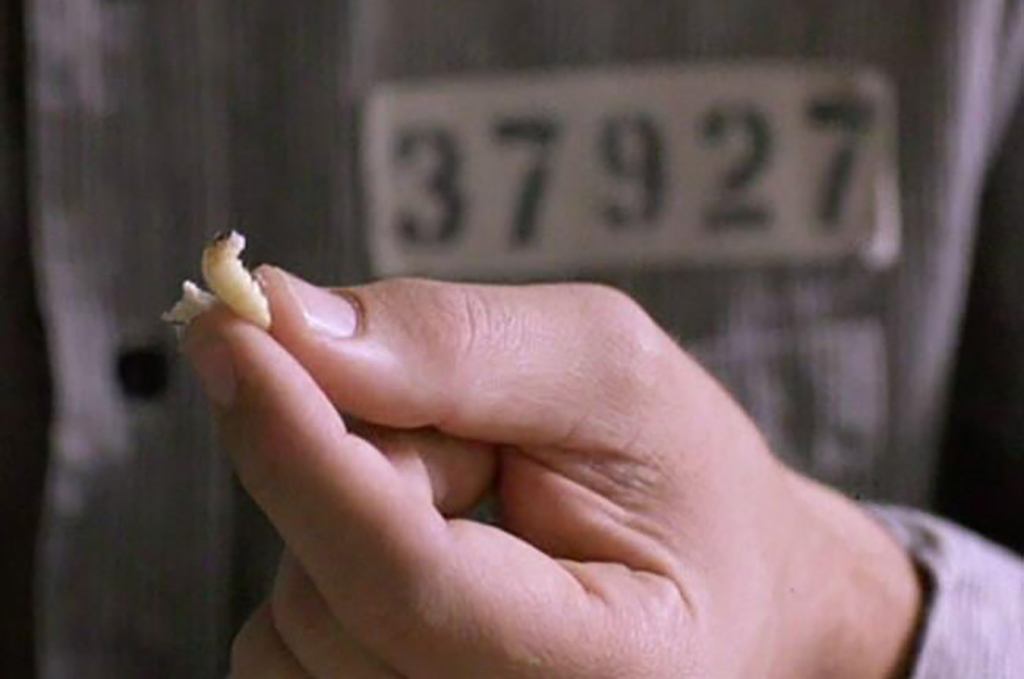
The elderly librarian Brooks in the film keeps a crow as a pet. The American Humane Association closely supervised the crow scenes because they worked with a real animal.
The AHA intervened, saying that Brooks couldn't use a maggot that had died of natural causes because it was cruel to the larva and the crow. Miraculously, the production team tracked down a nymph that passed muster with the AHA, and the scene was shot.
It's Not a Joke - 237 Shows Up
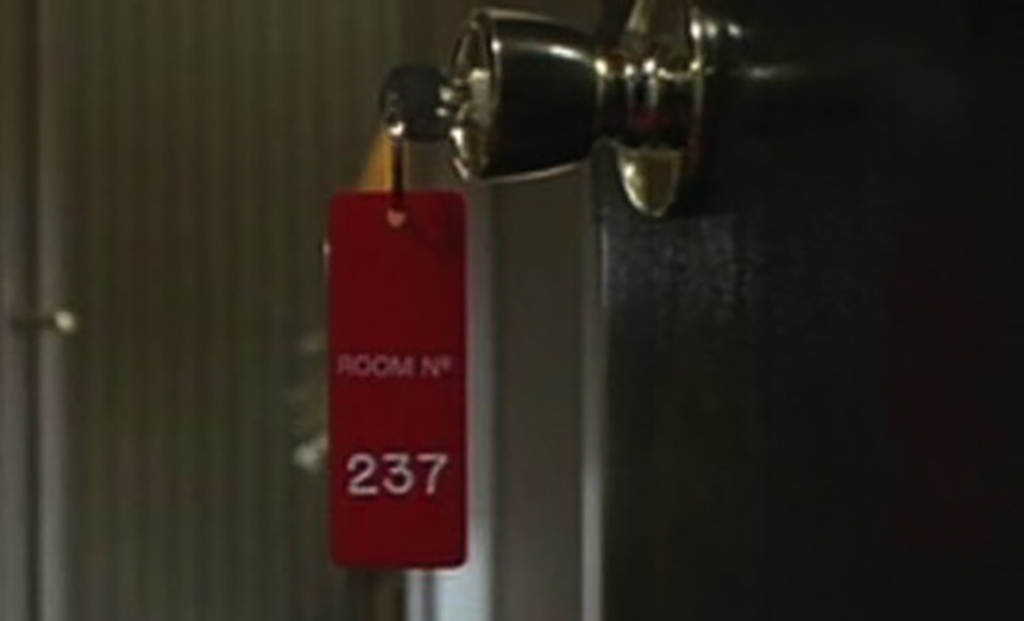
If you've read any of Stephen King's works, you know that he frequently hides references, or "Easter eggs," throughout his stories that all tie together. The number 237 appears in several of his writings as a subtle reference.
Frank Darabont decided to include this in the film when the guards shout, "Open 237!" before questioning Red about where Andy went. Both the room number in "The Shining" and the total amount of spare change the guys in "Stand By Me" have added up to 237.
Red's Past
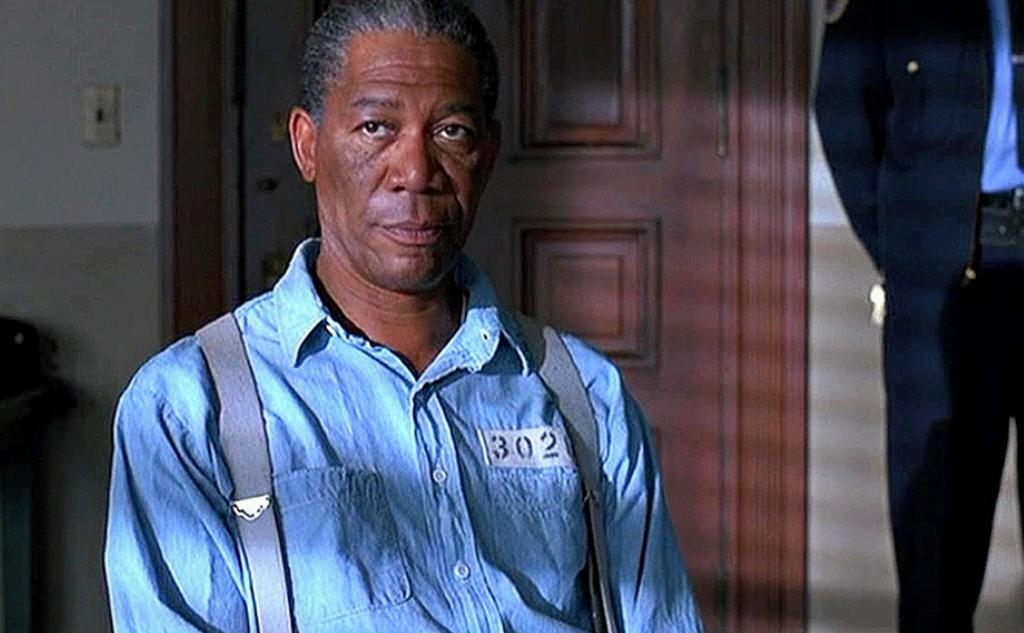
When Andy asks Red why he's in Shawshank, Red replies, "I committed murder." The novella provides a lot more background information than the film does. It's told that Ellis Boy "Red" Redding is serving three life sentences for murdering his wife, neighbor's wife, and his neighbor's son.
Red had disabled the brakes of his wife's car to collect an insurance policy. However, he didn't foresee that his neighbor's wife and son would be riding in the vehicle.
The Movie Was Good for Business in the Area
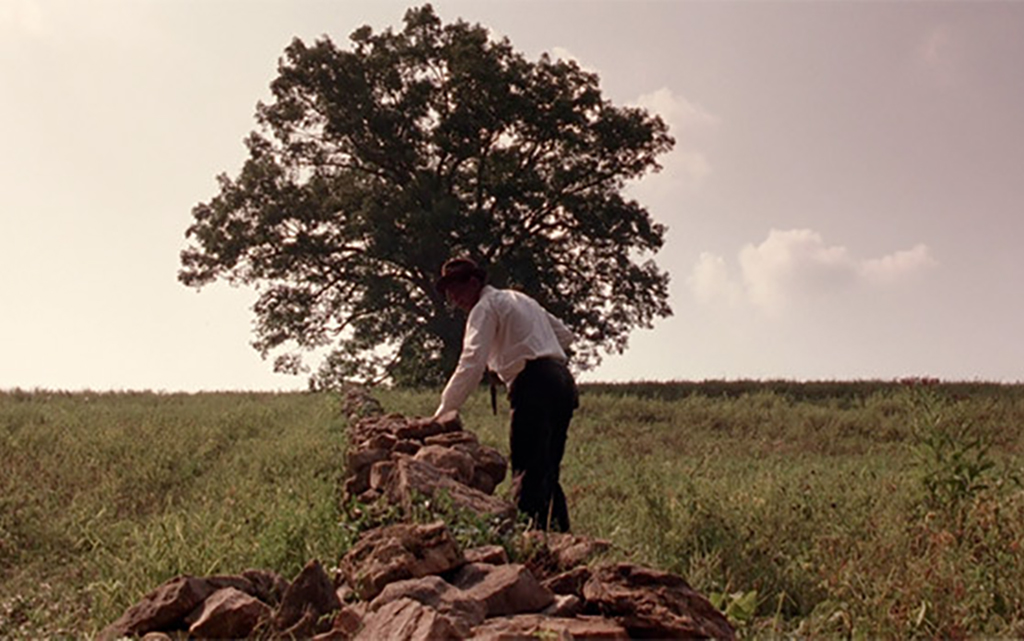
Mansfield, Ashland, and Upper Sandusky, Ohio used as filming locations despite the film's Maine setting. Thirteen venues spread among the three municipalities, all of which have seen a surge in visitors since the film's debut.
Over 18,000 tourists visited Mansfield and Richmond County in 2013, contributing an estimated $3 million to the local economy, as the Mansfield/Richmond County Convention & Visitors Bureau reported.
Ignore Andy's Hands
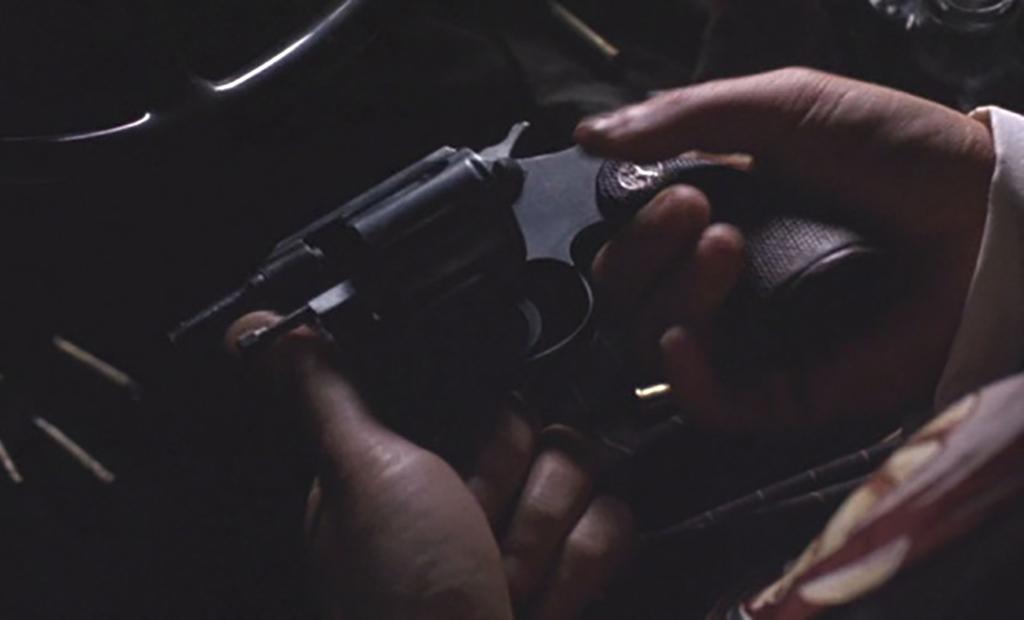
Despite Tim Robbins' portrayal of Andy Dufrense, director Frank Darabont is responsible for the close-up shots of his hands. Darabont finished the post-production work that shows Dufrense's hands loading the handgun in the opening shot and etching his name into the jail wall.
Darabont wanted the sequences to be done in a particular way and decided he needed to execute them himself to get the final product he envisioned. Therefore his hands weren't employed.
The Film was a Commercial Failure
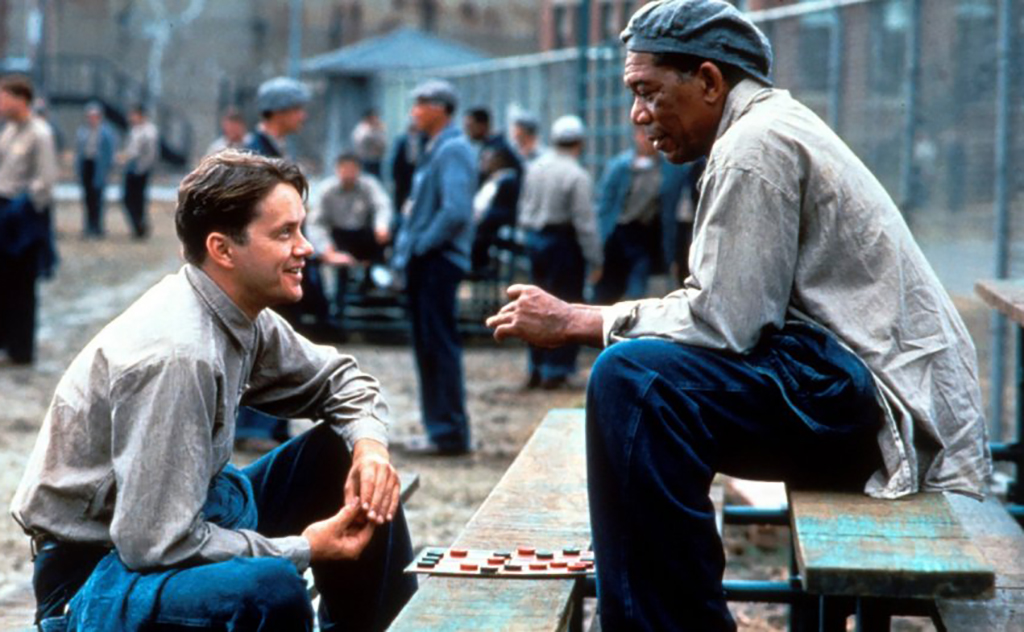
Even though The Shawshank Redemption is widely regarded as a masterpiece now, the movie was not a commercial success when it was first released. Indeed, it barely made $18 million at the box office in its first weekend, which wasn't even enough to pay for its own making. Even though the picture was nominated for multiple Academy Awards and generated an additional $10 million at the box office, it was still considered a failure.
Warner Home Video distributed 320,000 copies for home viewing across the United States despite the film's lack of popularity in theaters. Even though the film's distribution was hazardous, it became one of the most rented movies of the year.
There Is More Than One Freeman
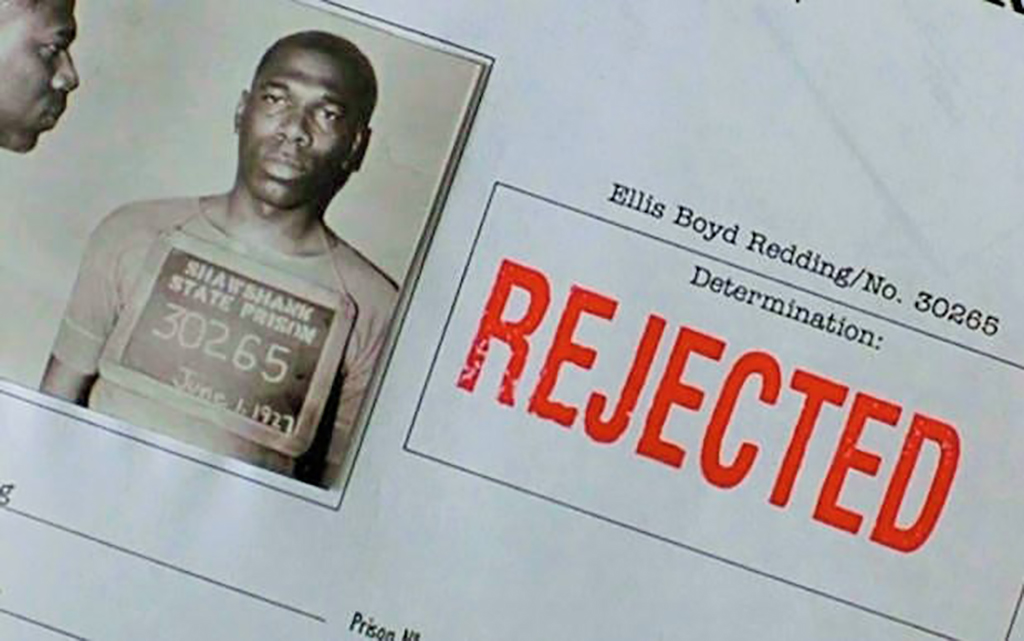
The young man pictured in the mugshots attached to Red's parole papers is neither Morgan Freeman nor some other random person. The photographs are true of Morgan Freeman's son, Alfonso.
Alfonso briefly appeared in the film, yelling, "The fish is brand new! There's new fish in today! We've got them on the hook!" Alfonso would be making another appearance in a film directed by his father. A year later, he had a starring role in the film Seven as a fingerprint technician.
Cooperating With Birds
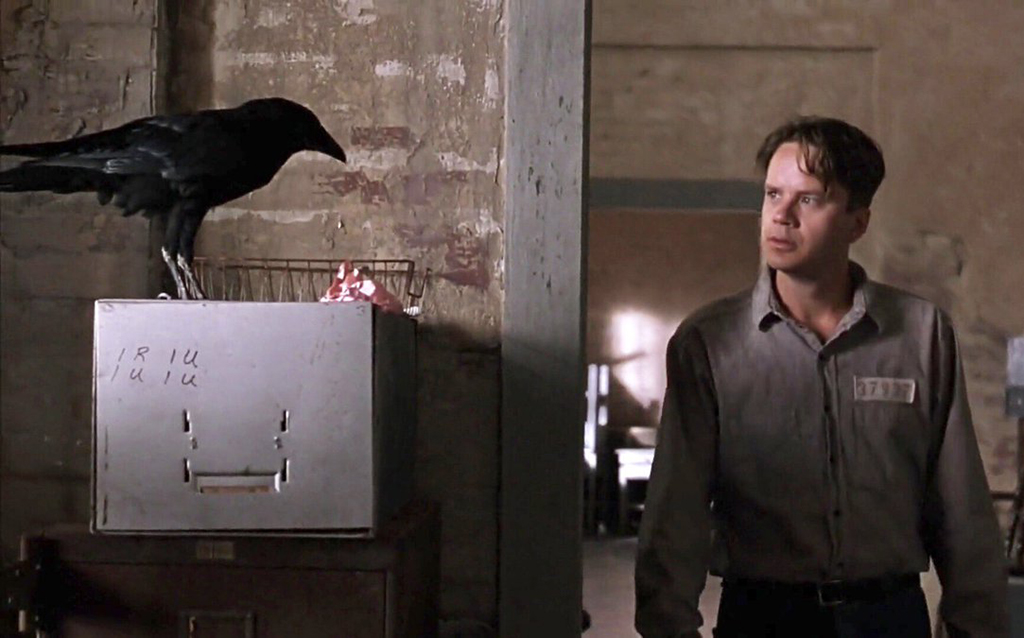
When Andy first enters the library, he is greeted by the squawking of Brooks' pet crow, Jake. Robbins had to time his line, "Hey Jake, where's Brooks?" so the bird wouldn't squawk while they were filming the sequence.
Darabont praised Robbins for his ability to memorize the bird's squawking rhythm and keep the bird from derailing any of the scenes they were filming. If you look closely enough, Robbins is waiting for the bird to squawk before delivering his sentence.
The 9-Hour Scene That Was Filmed
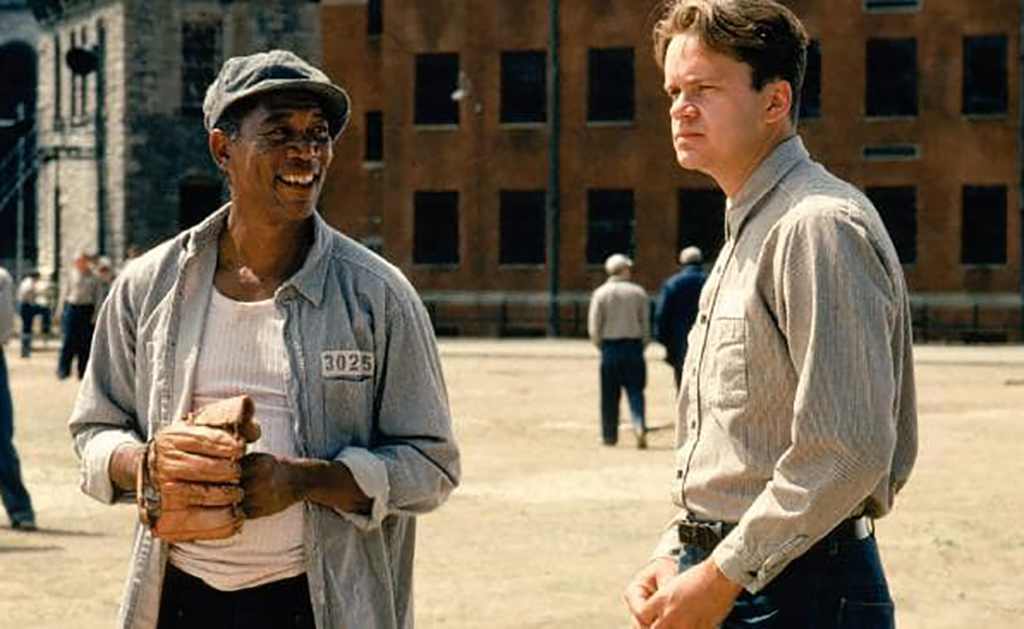
Andy and Red had their first conversation when Red played catch with Heywood. A simple scene, yet a challenging one to shoot.
Freeman spent nine hours throwing a baseball while they filmed their little talk. But he never complained, instead throwing the baseball whenever the camera was rolling. Freeman returned to the set the following day with his injured shoulder still in a sling.
The Cut Scenes
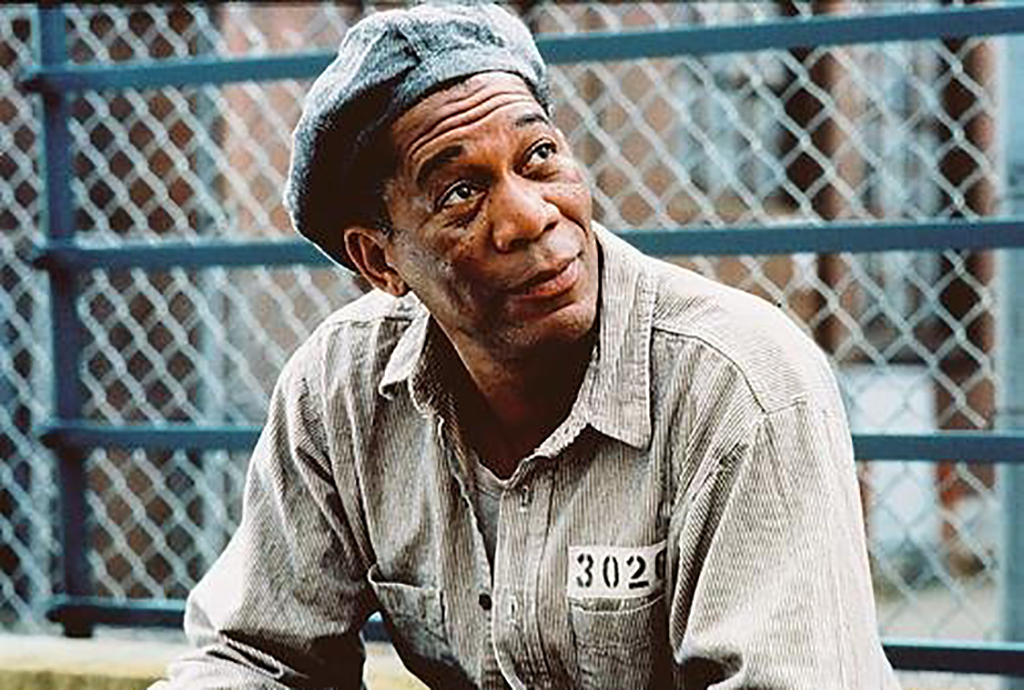
The picture works as a whole, although it lacks some parts that would have made it much better. Prisoners found Brooks' pet crow dead in a field and buried it after he was released from prison. Meanwhile, Tommy's wife visits him, and her presence serves as more motivation for him to make positive changes in his life and work on earning his GED.
Finally, in yet another cut scene, Red suffers an anxiety attack in a supermarket and runs to the restroom for refuge because he feels like he's back in prison. Since this is the exact reverse of what Brooks planned, it adds poignancy to his trip to the tree and rock wall.
During the Recording, There Was an Issue
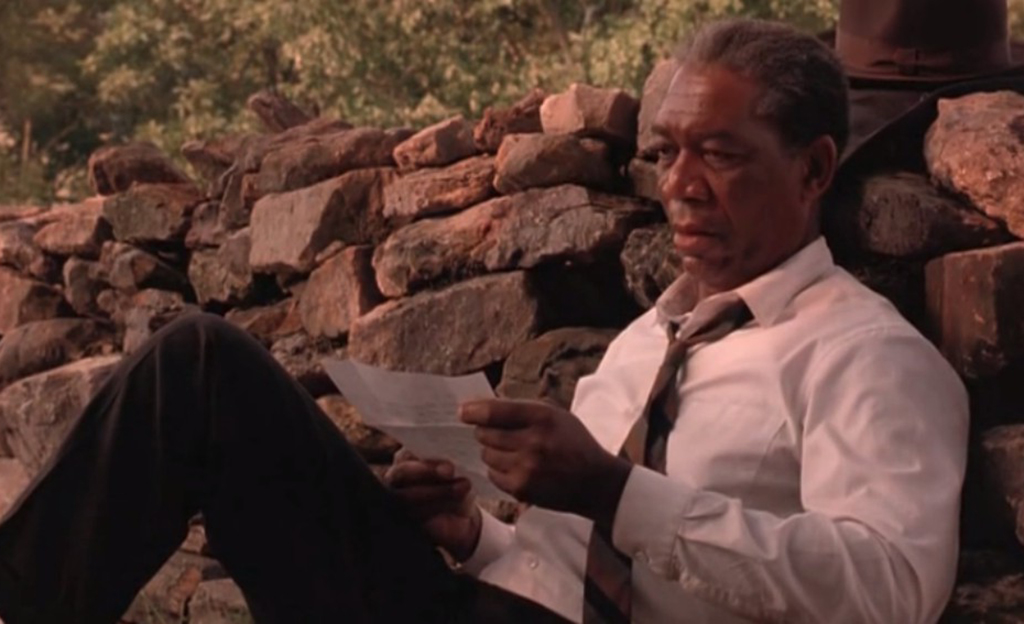
The narration by Morgan Freeman, for which the film is known, was recorded in advance and played aloud during filming to establish the pace of each scene. Freeman was able to record the complete narration in under 40 minutes while in Iowa.
Something went awry, though; the final track has a significant hiss that the Los Angeles sound engineers could not eliminate. This necessitated re-recording the entire thing in a professional studio, which took three weeks.
Altering the Name
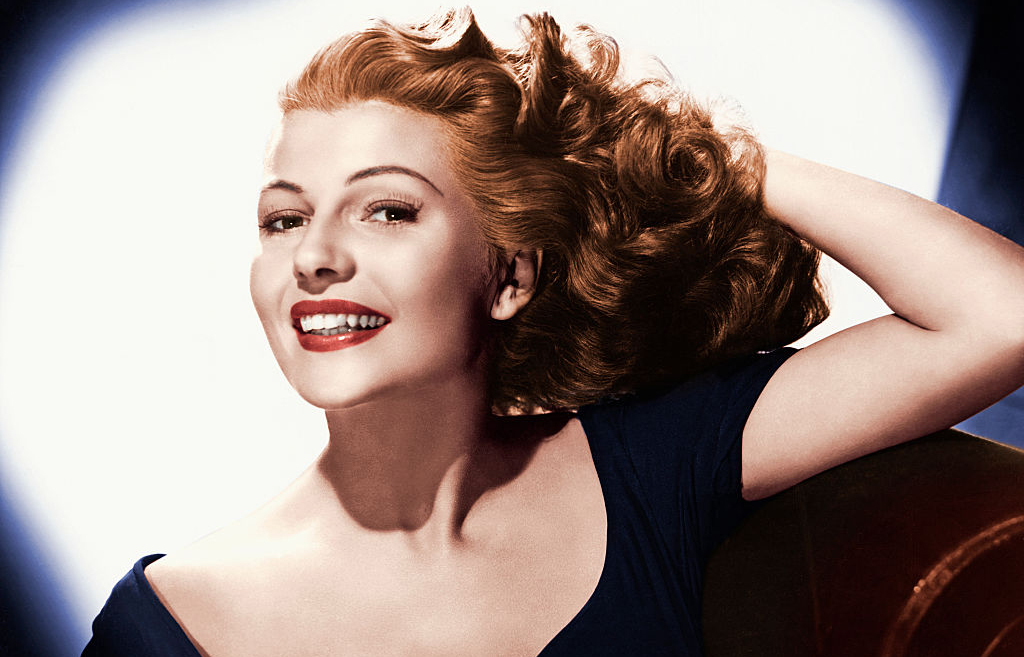
Although King's novella was originally titled Rita Hayworth and the Shawshank Redemption, the title was later reduced to The Shawshank Redemption. This was done because some Hollywood insiders began to suspect that the film was a biopic about Rita Hayworth's life.
Young actresses and supermodels alike had contacted the film's director, Frank Darabont, requesting auditions for the role of Rita Hayworth before the title was shortened. The prisoners will only see her in her movie Gilda, which is a trick.
Not A Real Prison
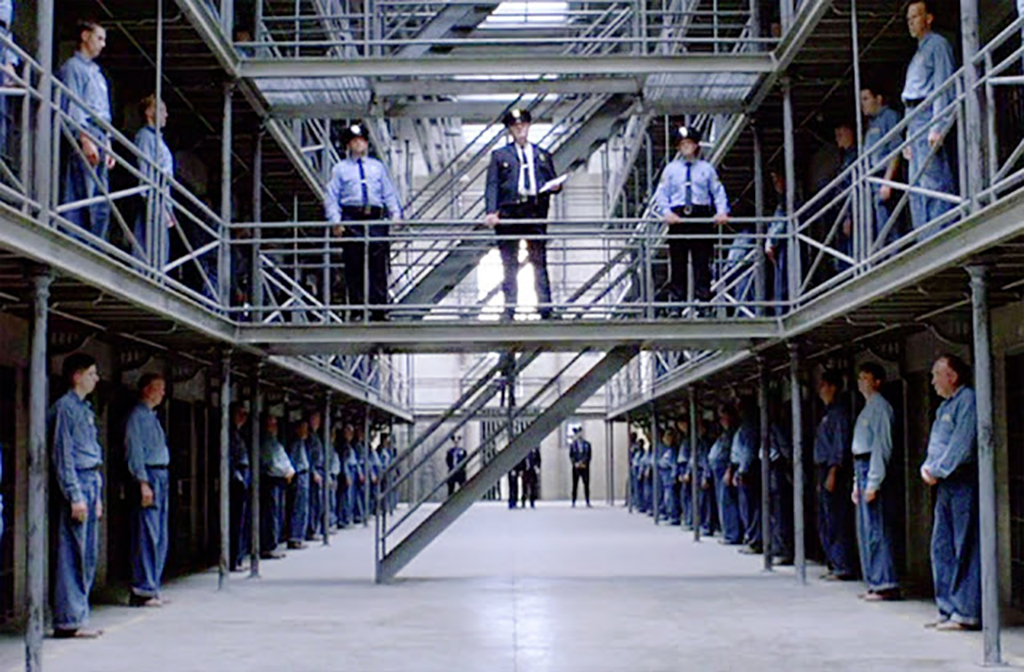
The Shawshank Prison set is quite realistic, yet it is not a real prison. The Ohio State Reformatory in Mansfield was used for the outside shots, but the condition of the building made it impossible to use.
To save money, many of the interior scenes were recorded on a sound stage rather than trying to repair the dilapidated prison's interior. They duped us, for sure.
The Shawshank Redemption in Allusions
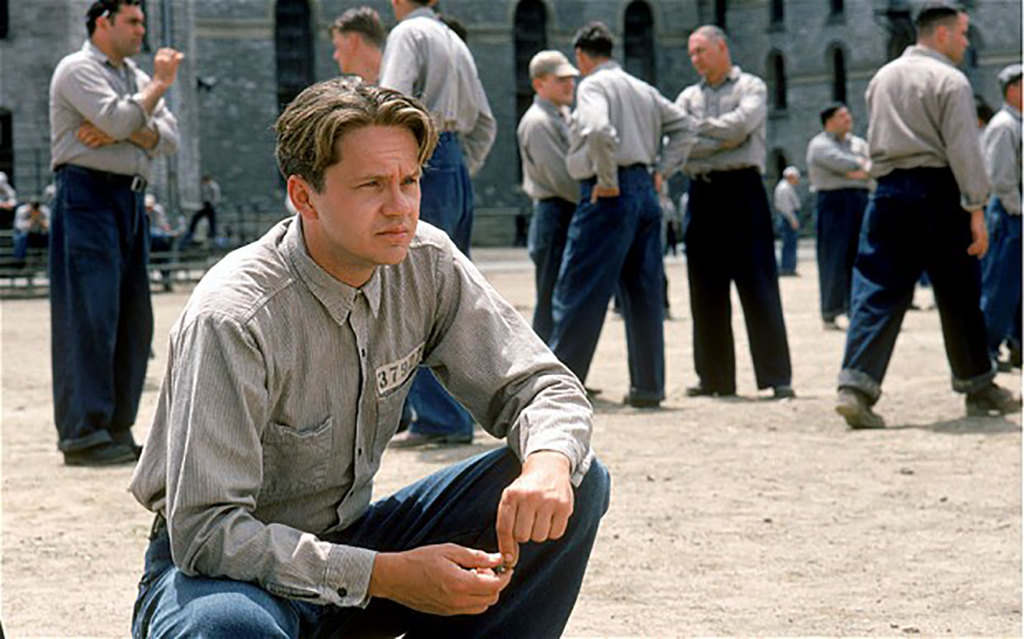
The Shawshank Redemption is set in Maine, like many of Stephen King's other works. However, references to the dungeon can be found in many of his other works.
For instance, in the film adaptation of King's novel Dolores Claiborne, the title character screams at her husband, promising he will do time in Shawshank for the harm he caused their daughter. References to Shawshank can be found in many of King's other writings, such as The Fifth Quarter, Needful Things, Sun Dog, and many more.
Hiring Former Inmates as Supporting Actors
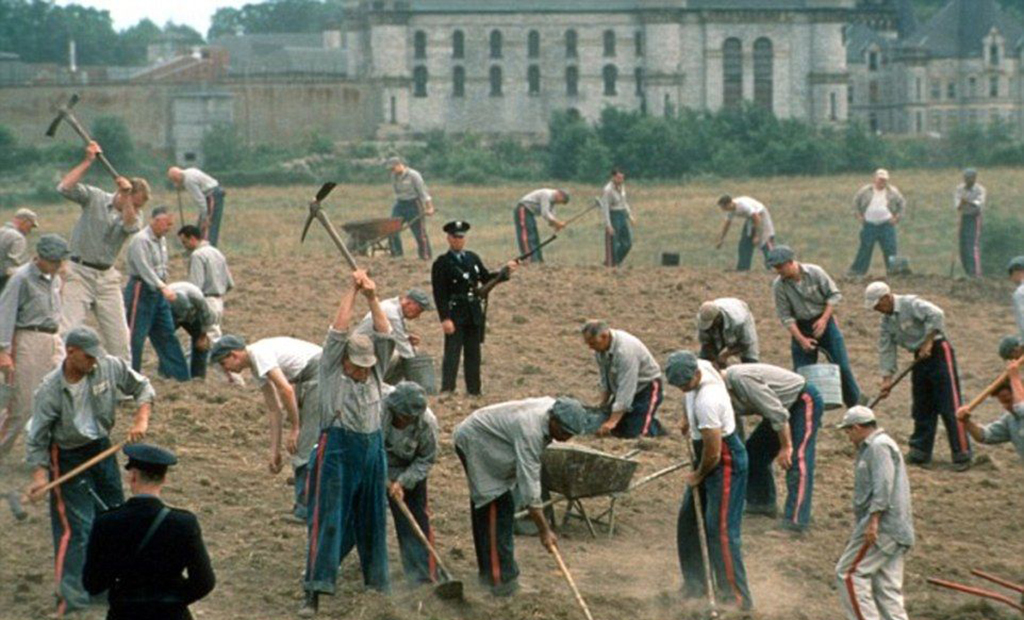
The people of Mansfield, Ohio, were overjoyed at first to have The Shawshank Redemption filming there. It would be suitable for business in more ways than one, as it would involve residents in the film as extras and help promote the area.
Many people tried to get involved by signing up to play extra prisoners, but their regular jobs got in the way. The producers needed extras for their films, so they visited a halfway house to cast them. They included many people who had already served time in prison.
Accurately Representing Corrections Officers
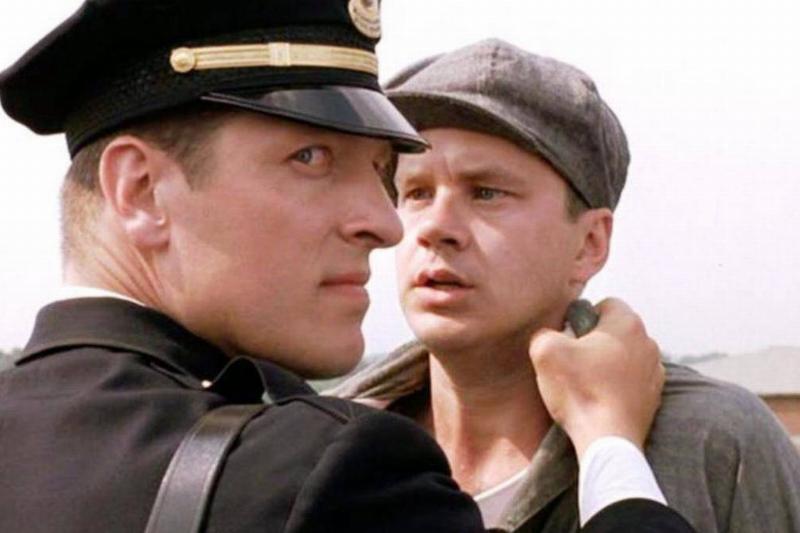
Several actual corrections officials approached Clancy Brown before production to assist him in creating a more authentic portrayal of Captain Hadley. Brown, though, rejected every single one of them.
He didn't want to portray corrections officials in general, and he knew that Captain Hadley was intended to be a villain. So he made Captain Hadley his own, making him one of the least likable characters ever.
Producing Waste Water
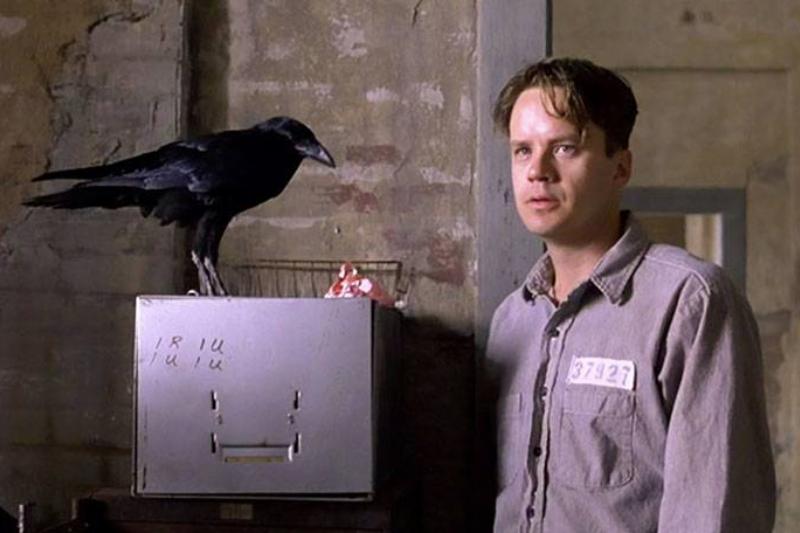
Andy Dufresne escapes from Shawshank Prison in the film's climactic scene by digging beneath the prison's walls and exiting into the sewers. To get out of the prison, he has to crawl down a sewer line filled with excrement from the inmates.
Andy's not crawling through human feces when he encounters that muck. In reality, it's a concoction of chocolate syrup, sawdust, and water. Visitors have reported that the prison's pipes retain a distinct chocolate aroma even after many years.
The Stage Almost Caught Fire
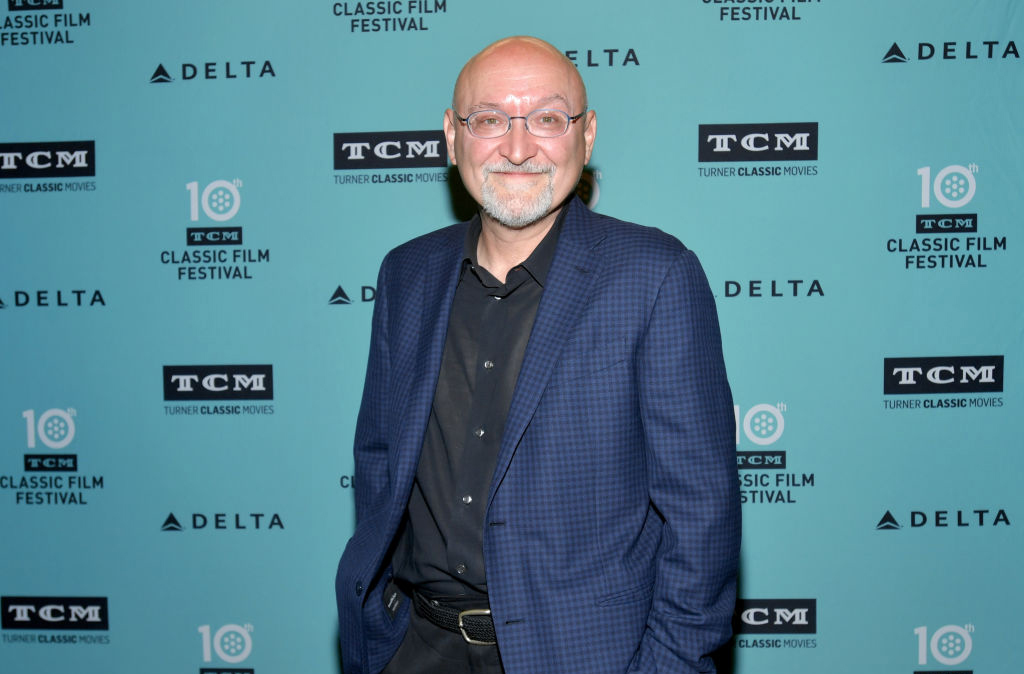
The prison's cell block was constructed on a soundstage, and windows were covered with thick plastic so that lights could be utilized to create the illusion of daytime. During a break between takes, director Frank Darabont and extra Michael C. Poole enjoyed coffee.
They were worried that the lamp would melt the plastic on their way to fetch coffee. As soon as it caught fire, they worked together to put out the blaze.
Items as Memorabilia from Shawshank
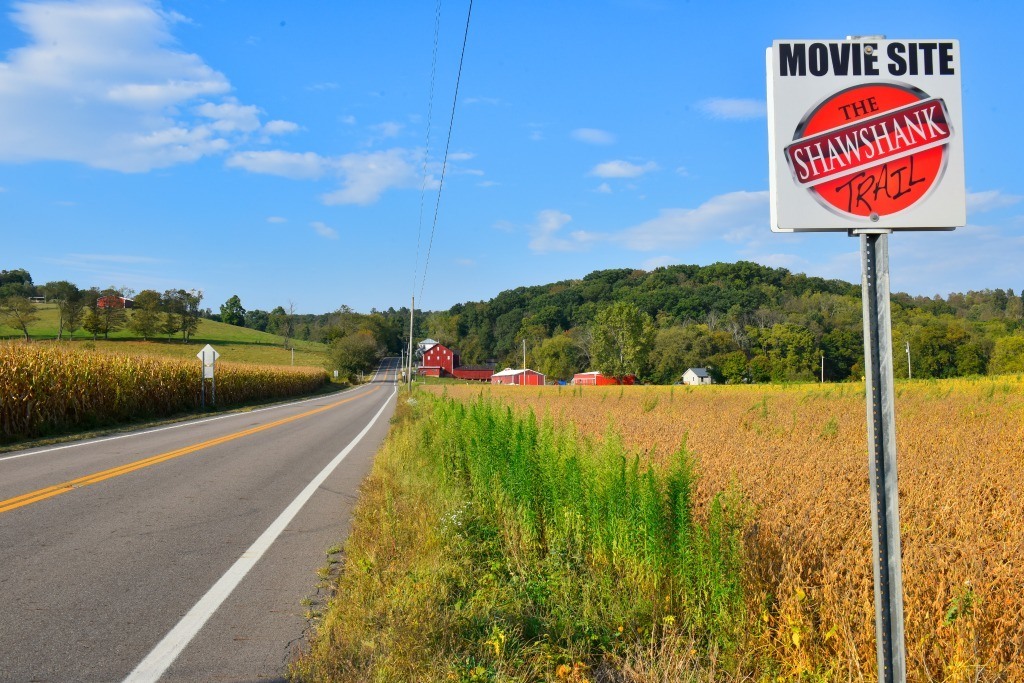
Businesses in the area where Shawshank Redemption was shot have capitalized on the film's popularity by stocking shelves with memorabilia. Travelers visiting Ohio's Shawshank Trail can pick up souvenirs, including Reformatory "Red" Wines and Shawshank Bundt Cakes.
Visit Two Cousins' Pizza for a slice of Redemption Pie, a special available only for the most devoted fans. Sales of these items have also positively impacted the community's economy.
Charlie Sheen's Interest in the Movie Was Emotional
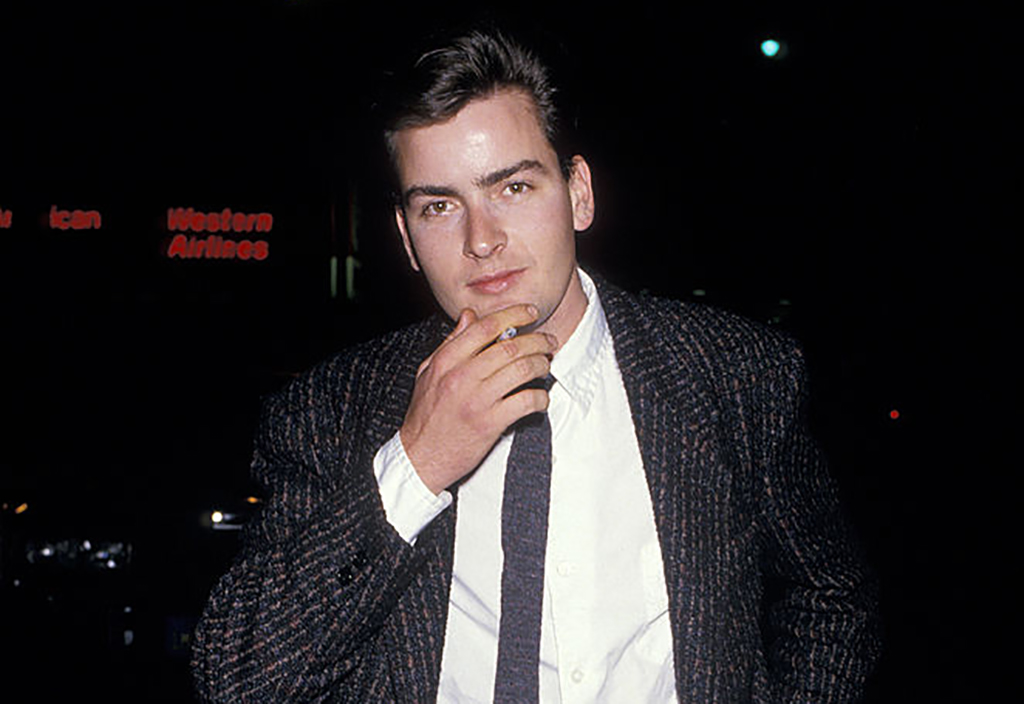
As a young man, Charlie Sheen was enamored with the storyline after reading the script. He went so far as to tell a Castle Rock executive, "I'll do this movie for [crap] scale," referring to the bare minimum an actor can be paid.
To establish that he was the ideal man for the role of Red, he promised to film a 30-minute test reel in which he would act out the character. The production company ultimately opted not to use Sheen and brought Morgan Freeman and Tim Robbins.
Losing out on an Oscar
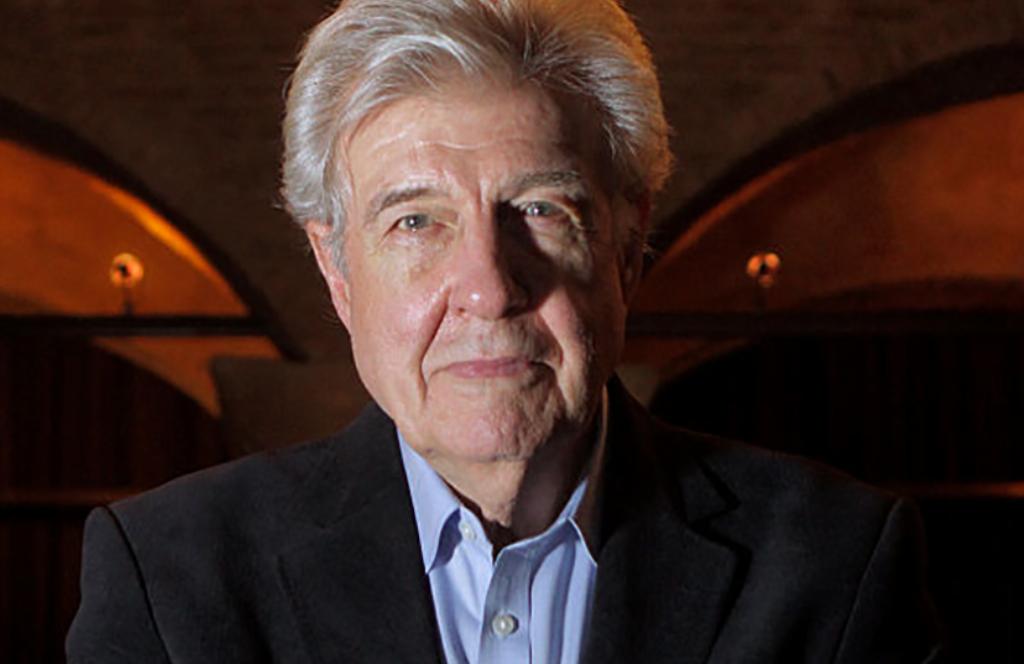
Production Design by Terence Marsh was overlooked despite the picture being nominated for seven Academy Awards. It was surprising that Shawshank wasn't nominated for an Oscar, given that he had already won two for Art Direction in the 1960s.
Frank Darabont claims that most viewers thought they were looking at a real prison since Marsh's prison set seemed so realistic in an abandoned factory.
Trailways Coach Is Still Operational
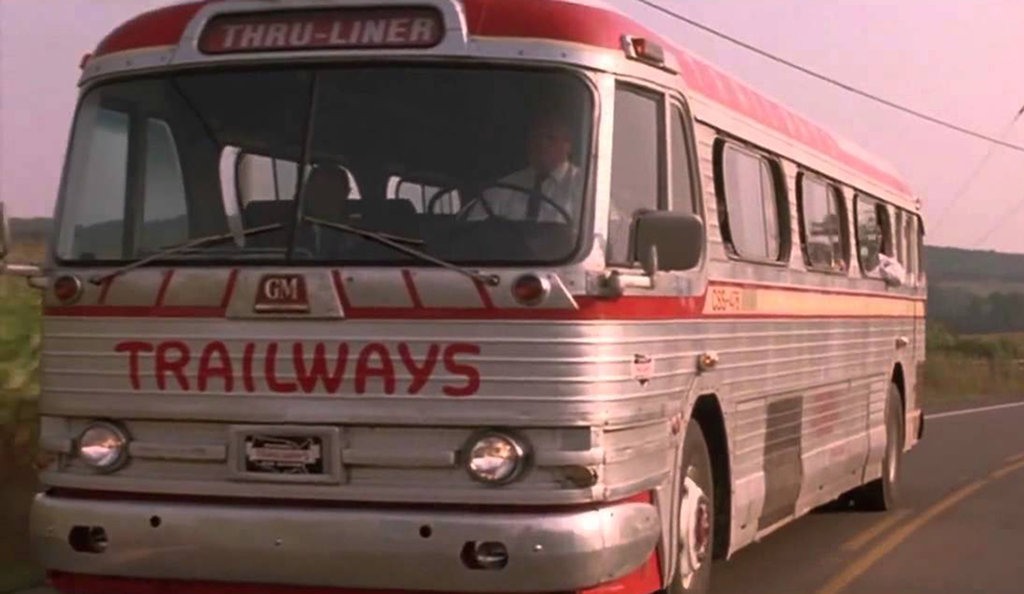
The film ends with Red boarding a Trailways bus (bus). Built by General Motors in 1960 and sold to Carolina Scenic Trailways, the bus in question is a PD-4104.
Blue Ridge Trailways' late owner, John Holbein, discovered the bus from The Shawshank Redemption in 1990 and had it repaired to look precisely like it does in the film. Capital Trailways, headquartered in Montgomery, Alabama, is the current owner. To some fortunate individuals, it has been offered a ride.
Names That Match
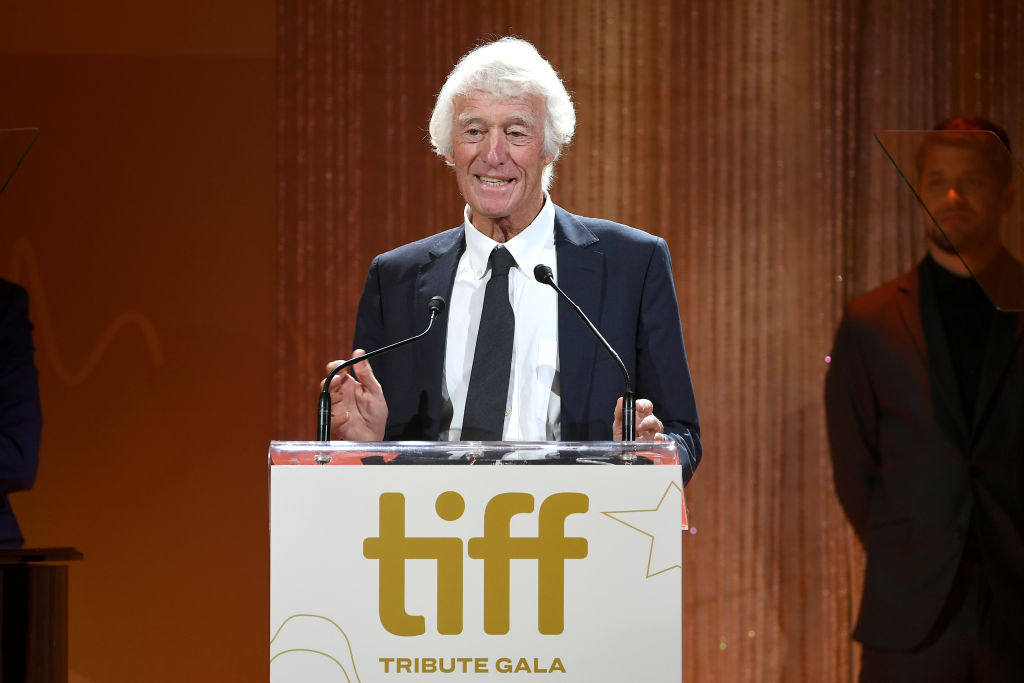
The first corrections officer to come to Andy for investing advice introduced himself as "Dekins" when Andy was first transferred to the jail library. It's a coincidence that Roger Deakins was the film's cinematographer.
Because of King's novella, Frank Darabont included the character Dekins in the script before hiring any other crew members. However, as nature and Deakins spelled their names differently, it was determined to be merely a coincidence.
Andy Might Have Been Able to Avoid Jail Time
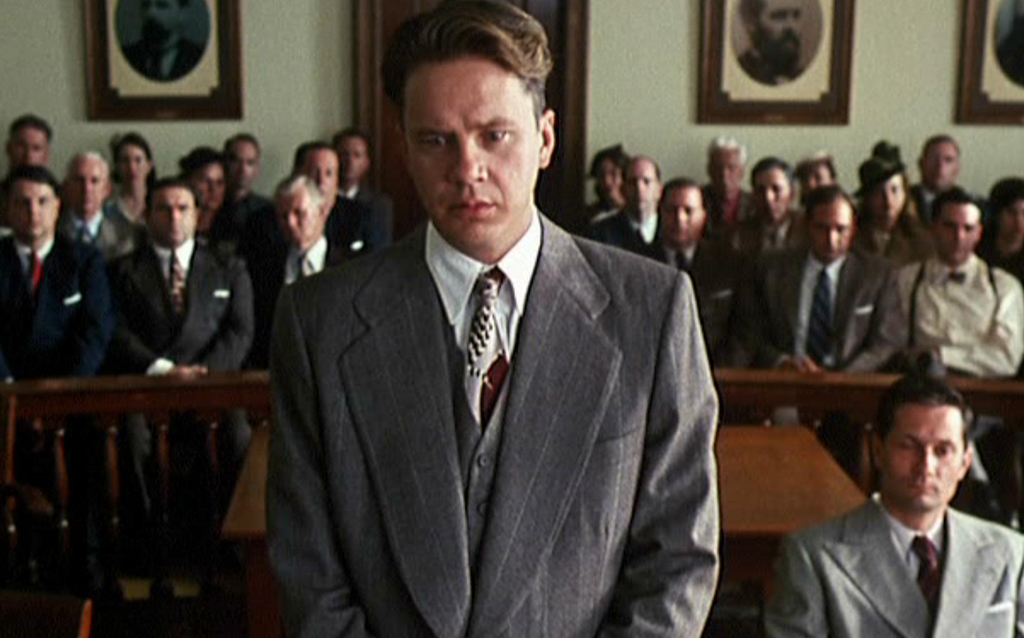
At the film's beginning, when on trial, Andy tells the D.A. that he lost his gun in the river. Andy's big blunder that sent him to Shawshank was this.
If he had kept the weapon, a ballistics test would have proven that Elmo Batch's gun, from which Andy's wife and boyfriend were slain, was the only possible origin of the bullets. If you are falsely accused of a firearm crime, keeping your weapons is in your best interest.
Frank Darabont Originally Planned a Different Ending

Frank Darabont's original plan for the film's climax involved Red looking for Andy after the latter's release from prison. Darabont claims that if his wishes had been granted, the film's last scene would have involved Red boarding a bus to visit the field Andy mentioned.
To appease viewers, however, the bosses at Castle Rock ultimately decide to change the ending so that Andy and Red are reunited. Therefore, Darabont agreed to show the two reunited from a distance rather than in a close-up.
The Filming Location Has Moved

Andy and Red are back together and carrying on with their lives in the Mexican paradise of Zihuatanejo, located in the Pacific coastline province of Guerrero. As Andy had described it to Red in 1966, the town was a tiny fishing community.
A significant tourist metropolis has developed from the once-simple town discovered in 1966. Ultimately, the United States Virgin Islands stood in for Zihuatanejo for the scene's filming.
Famous Rock Formation

The rock wall Andy uses to leave Red a note and travel funds was constructed specifically for the film and has stayed in place for decades. The art staff painstakingly constructed it months before production to ensure it would appear overgrown and worn in camera.
Unfortunately, the land's farmer subsequently sold the wall on eBay, piece by piece. There is still a tree there after lightning hit in 2011. The Ohio State Reformatory still has a part of the wall on its property.
Analogies to "The Count of Monte Cristo"

The Shawshank Redemption and Alexandre Dumas's The Count of Monte Christo, a book that is both mentioned and praised in the film, share many parallels. The protagonist of The Count of Monte Christo spends years excavating a tunnel to freedom after being wrongfully incarcerated for a crime he did not commit.
The protagonist escapes from prison and uses the knowledge he gained to locate a hidden treasure, which he uses to exact vengeance on his oppressors.
The Novella Has Several Different Wardens

At different points throughout Andy's incarceration, there are additional wardens, one way the novella and the film diverge from Stephen King's original story. This explains why Warden Norton's demeanor and outlook seem to shift so dramatically on several occasions.
The warden who initially treats Andy well by letting him write letters and improve the library is not the same as the one who ultimately punishes him severely. They condensed a cast of characters into a single entity for convenience.
Miranda Rights As They Were First Established
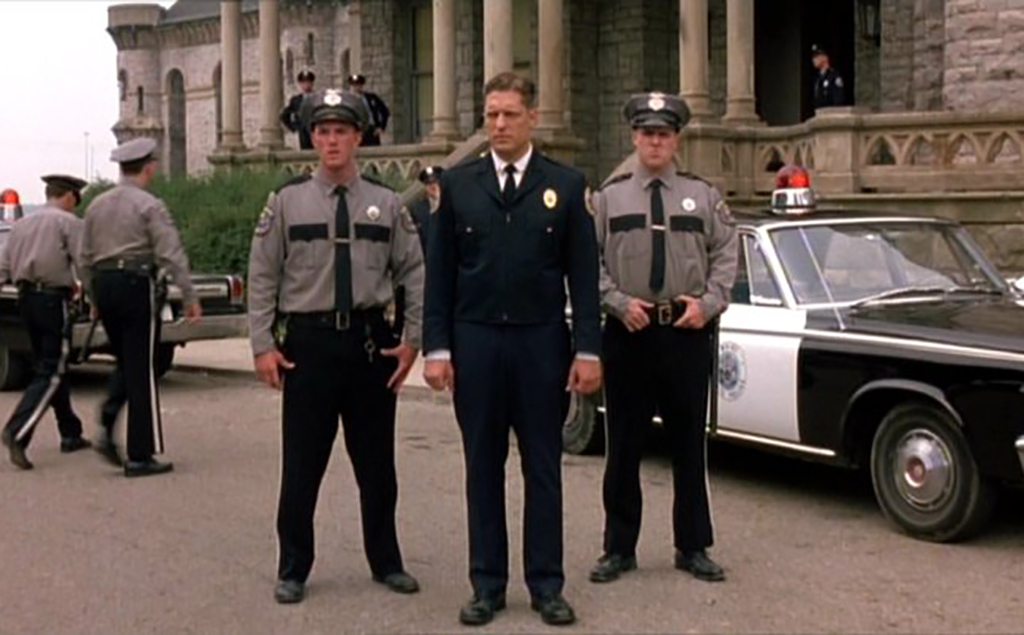
Red claims that Andy escaped from Shawshank in 1966, as depicted in the film. Coincidentally, this was the same year the Supreme Court heard the historic Miranda v. Arizona case. This case paved the way for all defendants to be given a copy of their constitutional rights before being detained.
As a result, towards the film's conclusion, when the police arrest Captain Hadley, we hear them giving him his Miranda Rights. Taking these steps aided in preserving historical accuracy.
Meanings Embedded in the Name "Red"
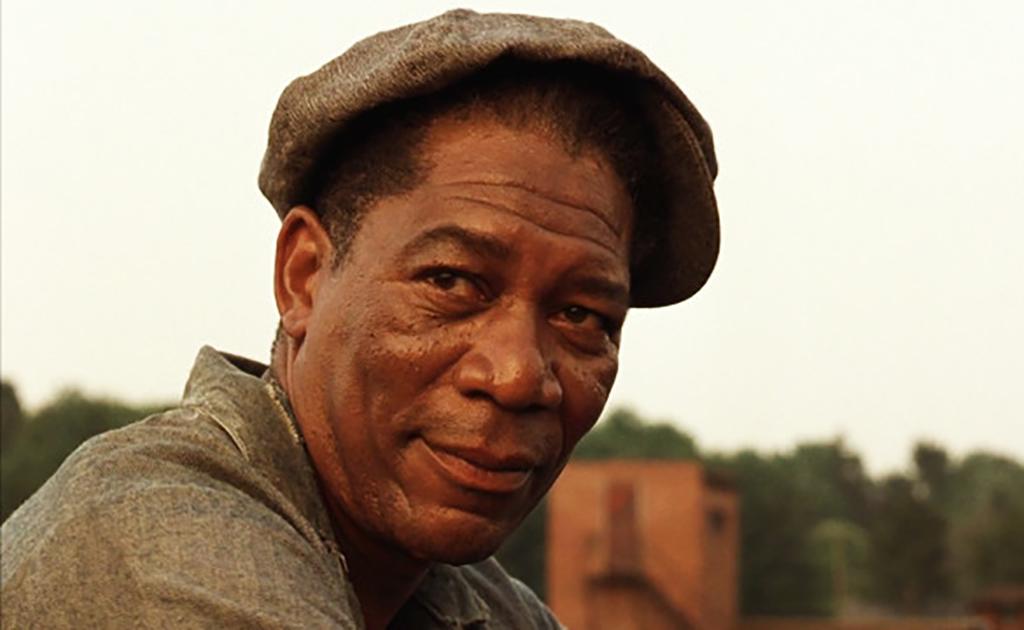
Red's full name, Ellis Redding, is rife with meaning, but it's most strongly associated with the color red. The Welsh name Ellis comes from the word "plus," which means "good," and Ellis is a derivative of this term.
Reding, his surname, is a Germanic name meaning "counsel" or "advice." Red's full name means "benevolent counselor," which is an apt description of his character and the service he provides to Andy throughout the film.
Andy and the Warden Both Have Symbolic Meanings
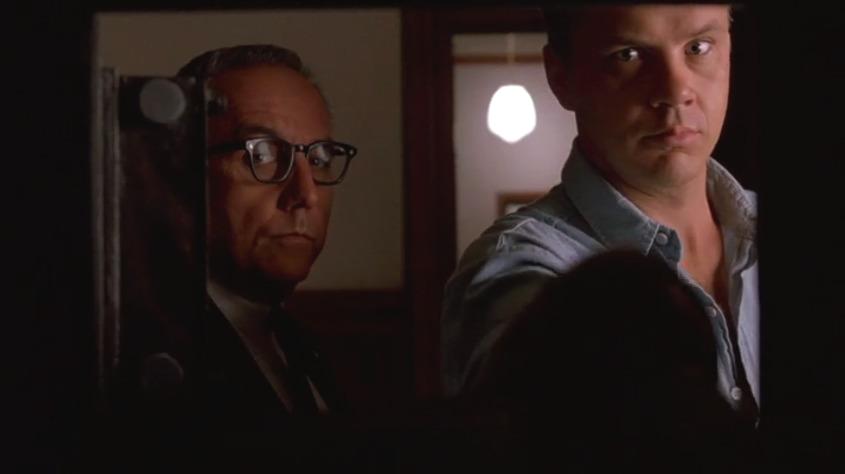
Not only does the color red have significance, but so do many other colors and symbols. Andy is also a metaphor for salvation for many of the incarcerated characters in the film. Andy is an acronym for "anno Domini," which means "the year of our Lord," and also refers to the year in which he was born.
Warden Norton, the film's antagonist, represents Lucifer, whose name means "bearer of light." Moreover, the Warden reveals that "I am the light of the world..." is his favorite Bible verse.
Limited Copies Were Made Available To The Public
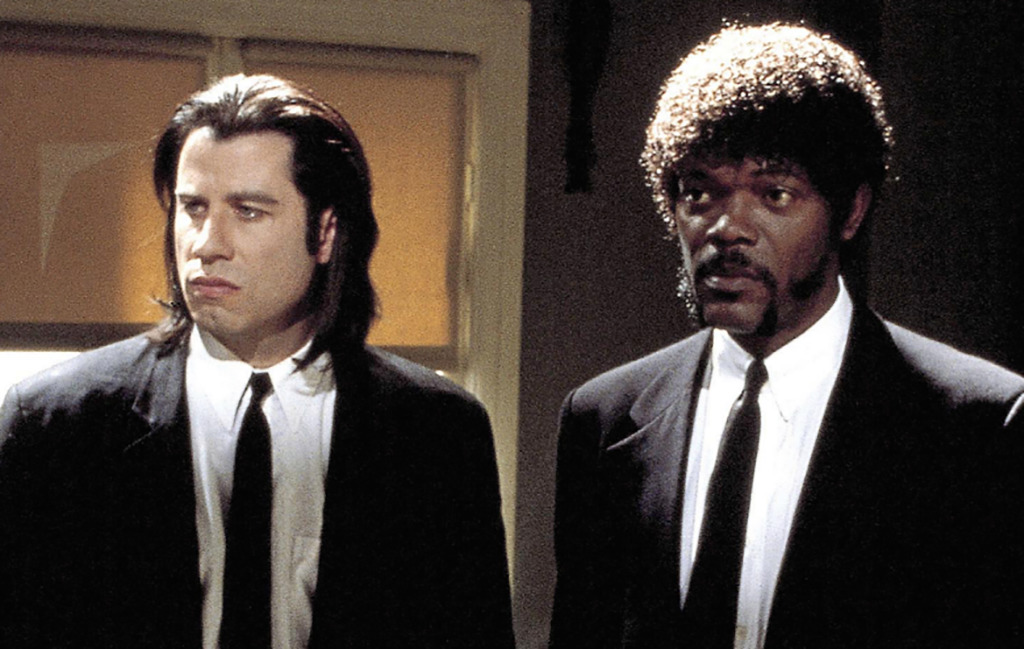
On September 23, 1994, The Shawshank Redemption had a limited release in North America. Until October 14, when it was released in 910 cinemas alongside Pulp Fiction, the picture was only available in 33.
Both movies have become cult classics and were nominated for a whopping seven Oscars. They are also two of the 250 best-rated films on IMDB, ranking in the top ten.
Warnings of Monetary Penalties Were Issued
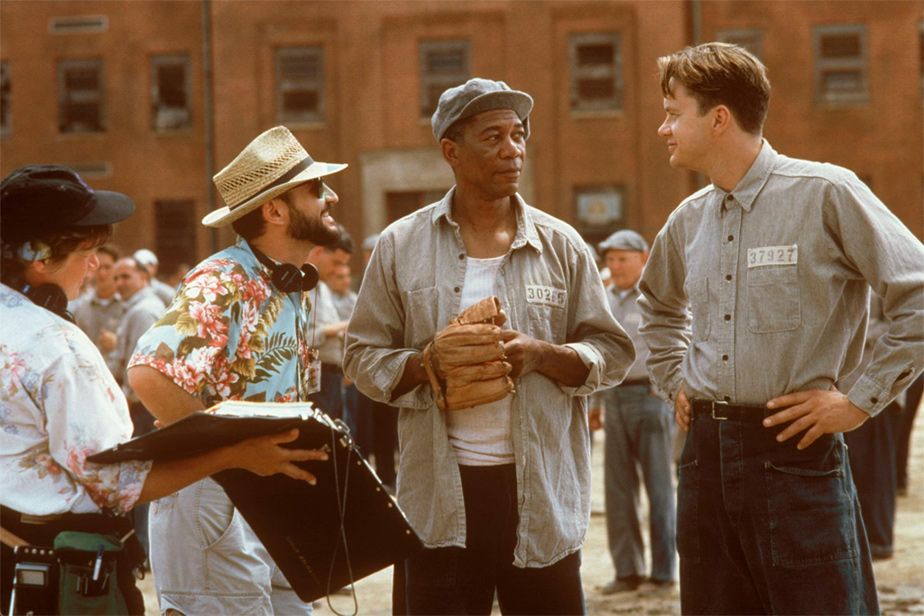
The production team made it plain that anyone who was late or slowed down filming in Mansfield, Ohio, would be penalized financially.
Even though they were dealing with famous actors, they thought this would be an excellent way to ensure everyone was on time. Tim Robbins and Morgan Freeman both arrived late to an event once without being penalized. Production in Mansfield was completed early.
Production Stress
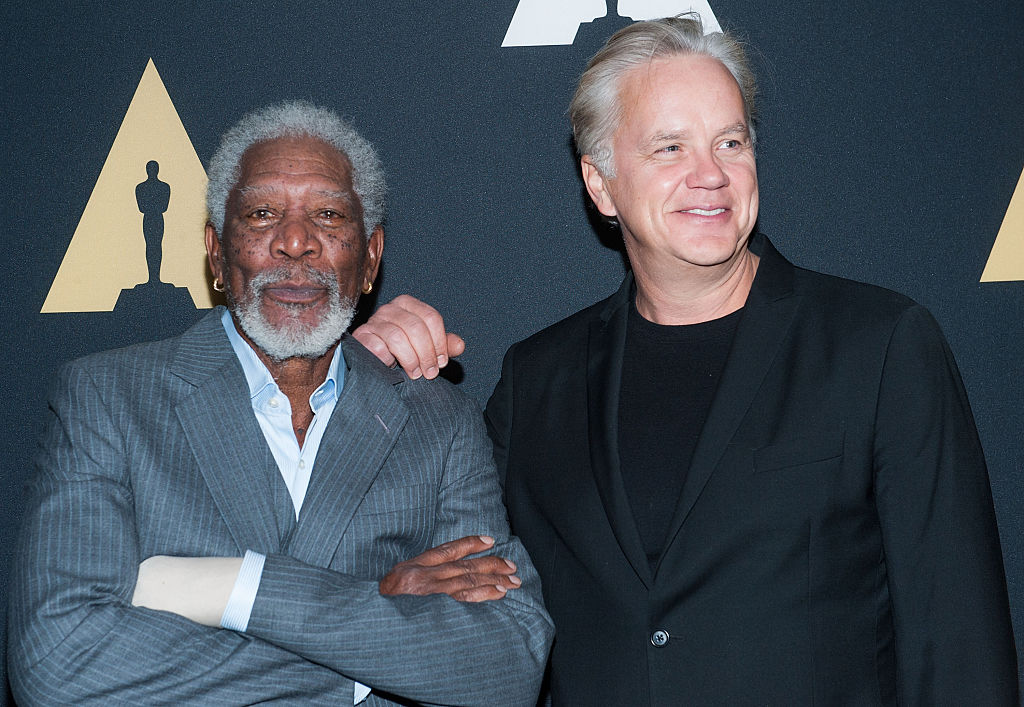
Set life wasn't all lollipops and rainbows, but most viewers won't believe it. Morgan Freeman claims that the set was filled with "severe tension" due to frequent arguments between the cast, the producers, and director Frank Darabont.
Freeman said the vibe was "quite odd" in an interview with Entertainment Weekly, but he wouldn't disclose it. This comes as a shock, as it seemed all the actors had a decent connection with one another.
Filmmaker Frank Darabont Almost Made His Debut
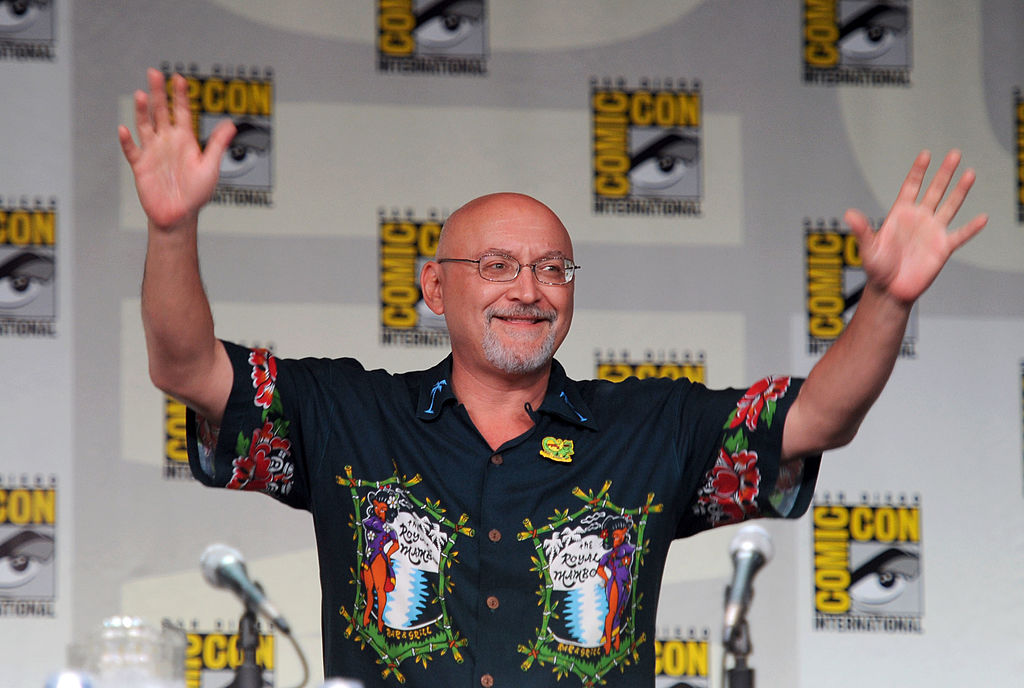
Frank Darabont, a first-time director hoping to make a horror picture in the vein of Child's Play, was slated to make his feature film directing debut with such a film. As could be expected, he wasn't enamored with the concept, worried that it might stunt his career advancement.
He decided to take a chance and adapt a Stephen King novel instead. Fortunately, as the script got out there, several A-list actors and directors approached Darabont to be a part of it.
Utilizing the Movie In the End, Gilda Was Successful
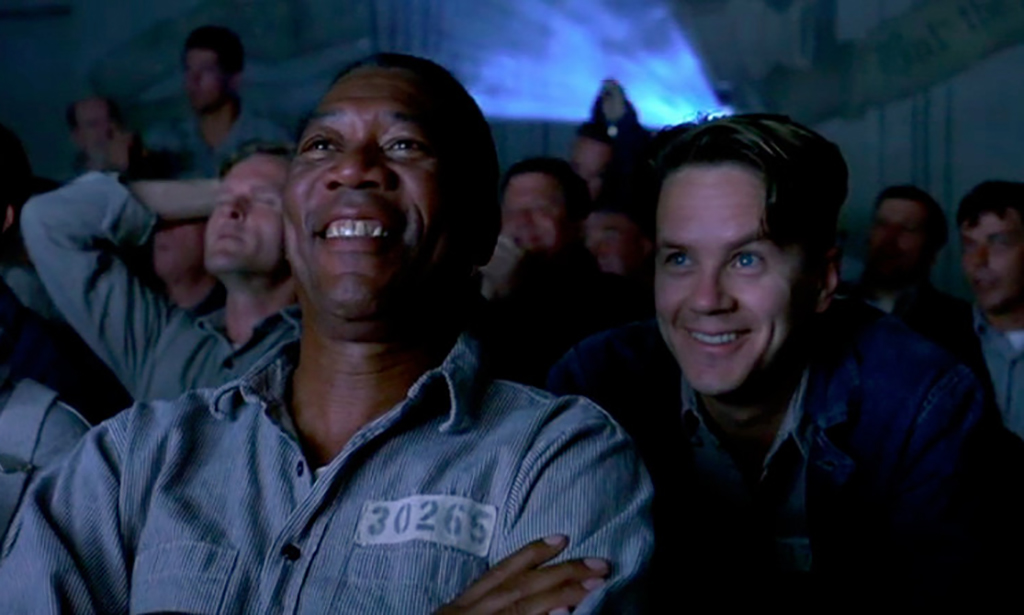
The inmates in the novella are shown a copy of the 1945 movie The Lost Weekend. Darabont had planned to include a similar film, but he soon learned that a competing studio held the rights. He, therefore, set out to locate a movie from which he could screen a short clip without incurring high costs.
In light of this, he ultimately turned to the film Gilda. Since Gilda is one of Rita Hayworth's most famous films and her likeness plays such a significant role in The Shawshank Redemption, Darabont was delighted.
